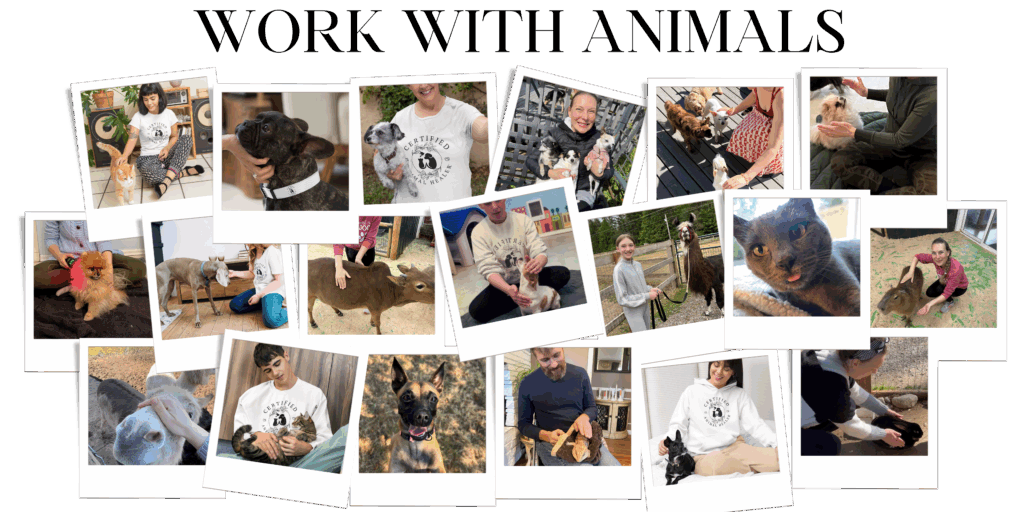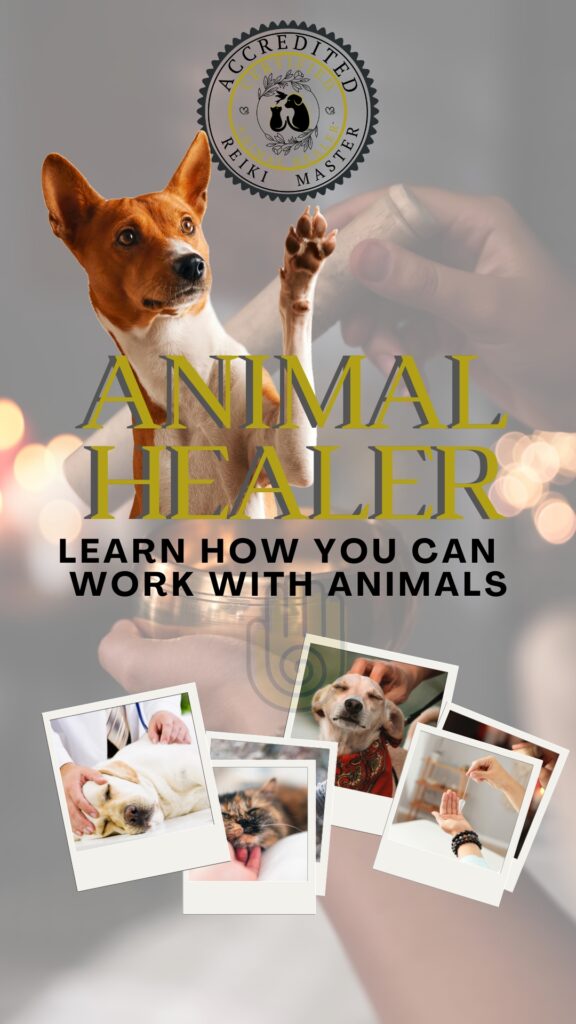The Anatomy of a High-Performing Blog Post: A Guide for Pet Business Owners
Writing blog posts that attract traffic, build trust, and convert readers into loyal fans or paying customers is more than just writing about what you love. There’s a structure to it. A method. And when you learn the anatomy of a high-performing blog post—especially when you’re in a niche like the pet business—you can use it as a lead-generation machine that works while you walk the dogs, clean up the play yard, or unwind after a long day.
In this guide, we’ll break down the essential components of a blog post optimized for SEO (Search Engine Optimization), readability, and shareability. You’ll also learn how to make your posts visually appealing using Canva and amplify their reach on Pinterest and social media.
Why Blog at All?
Before we jump into the parts of a successful blog post, let’s talk about why you should blog in the first place as a pet business owner:
Boosts SEO: Each blog post is a new opportunity to show up on Google.
Positions you as an expert: Share knowledge, stories, and tips that reflect your values.
Creates content for email and social media: Repurpose your post into captions, pins, and reels.
Drives traffic to your offers: Use strategic links to guide readers to your courses, services, or free offers.
The Key Components of a Great Blog Post
Let’s break down what every high-performing blog post needs to include.
1. Compelling Title (with a keyword)
Your title should:
Clearly state the topic
Include a keyword people are searching for
Be emotionally engaging or offer a benefit
Examples:
Boring: “Dog Grooming Advice”
Better: “10 Dog Grooming Tips Every Busy Pet Parent Should Know”
Use tools like Ubersuggest, Google Trends, or Pinterest search to find your main keyword and what people are typing into search.
2. Hook Introduction
Your opening paragraph should grab attention and immediately answer: “Why should I keep reading?”
Consider starting with:
A relatable problem
A surprising stat
A brief story or anecdote
Then clearly state what the blog post will cover so they know they’re in the right place.
3. Subheadings for Structure (Use H2 and H3 Tags)
Google LOVES organized content. So do readers. Use headings to guide your audience through your content.
Each subheading should be descriptive and scannable.
Example: Instead of: “Part 1” Try: “Why Google SEO Matters for Pet Businesses”
This helps your readers scan and helps search engines understand your topic.
4. Use Keywords Naturally
Your goal is to write for humans first, but help search engines know what your post is about.
Where to place keywords:
Title
URL (slug)
First 100 words
Subheadings when possible
Image file names and alt text
Meta description
But avoid keyword stuffing. Use synonyms and related terms instead.
5. Body Content that Educates, Inspires or Solves a Problem
A high-performing blog post always provides VALUE. This could be in the form of:
Step-by-step how-tos
Lists (“7 ways to…” posts do great)
Personal stories with a takeaway
Industry insights
If you can answer questions your audience is already Googling, you’re golden.
Use short paragraphs, bullets, bold text, and quotes to make it skimmable.
6. Internal and External Links
Add links to:
Other relevant blog posts on your site (internal linking)
Helpful resources, data, or tools (external linking)
This improves SEO and time-on-site.
7. Clear Call to Action (CTA)
What do you want your reader to do next?
Sign up for your freebie?
Join your mini-course?
Book a call or service?
Make it clear, bold, and easy to do. Include the CTA at least twice: once mid-post and once at the end.
8. Optimized Images
Every blog post should include:
A featured image (horizontal layout preferred for sharing)
Supporting images, charts, or infographics
Alt text with relevant keywords for SEO
Creating Blog Images with Canva
Canva makes it simple to create branded, professional-looking blog graphics.
Here’s how to make the most of it:
Use the “Blog Banner” or “Pinterest Pin” templates
Add your logo or website URL to every graphic
Use your brand colors and fonts for visual consistency
Include the blog title on the image for easy repins
After creating your graphics, save them in both high-res for Pinterest and web-optimized for your blog.
Then share your blog graphic across platforms like Instagram, Facebook, and Pinterest to drive more traffic.
Sharing Your Blog on Pinterest for Evergreen Reach
Unlike Instagram or Facebook where content disappears in 24-48 hours, pins on Pinterest can drive traffic for months or even years.
Steps to use Pinterest with your blog:
Create a pin graphic in Canva.
Upload it to Pinterest.
Link it to your blog post.
Add keyword-rich pin descriptions.
Post in relevant boards and group boards.
Bonus tip: Create 3-5 pin variations per blog post for the best results.
Evergreen vs. Seasonal Blog Topics
Evergreen Blog Title Example: “How to Start a Dog Walking Business from Home”
Always relevant. Good SEO. Timeless value.
Seasonal or Trendy Blog Title Example: “5 Ways to Dress Up Your Dog for Halloween 2025”
Good for short bursts of traffic. Can be updated each year.
Your blog strategy should include a mix of both, with a heavier focus on evergreen to maximize long-term traffic.
Blogging isn’t just writing to friends! It’s strategic storytelling for your brand. When done right, one blog post can work for you for months or years to come, driving traffic, growing your email list, and converting readers into clients.
If you’re ready to turn your pet passion into a thriving business, make sure your blog is part of your marketing toolbox. It’s free, effective, and fun (especially when you can write about animals!).
Join my 3Day Challenge and PET Business Marketing Idea Newsletter now and get instant access monthly marketing connects that really work!




